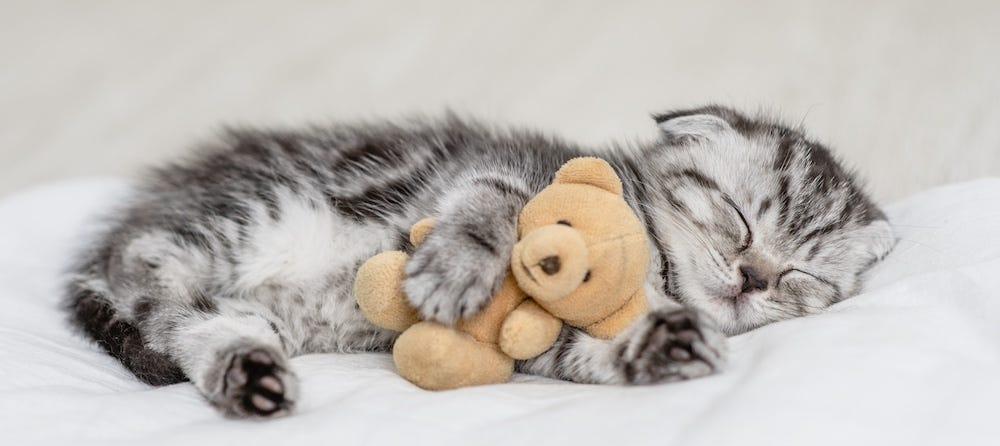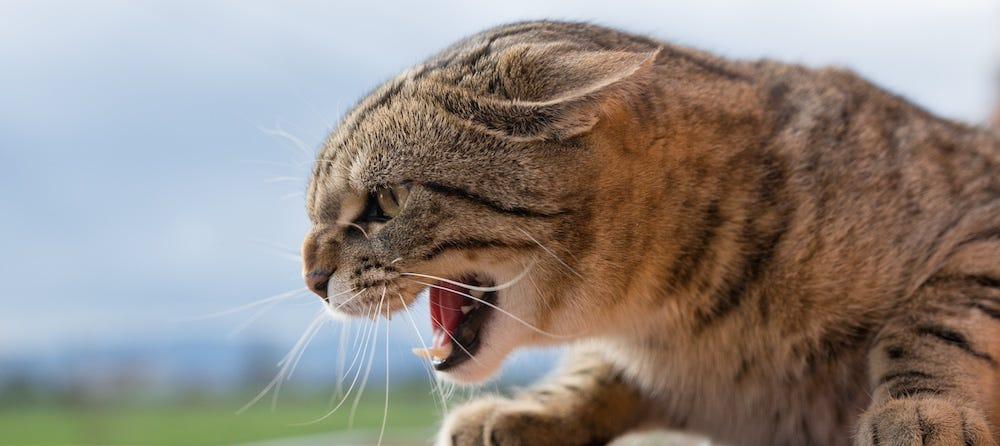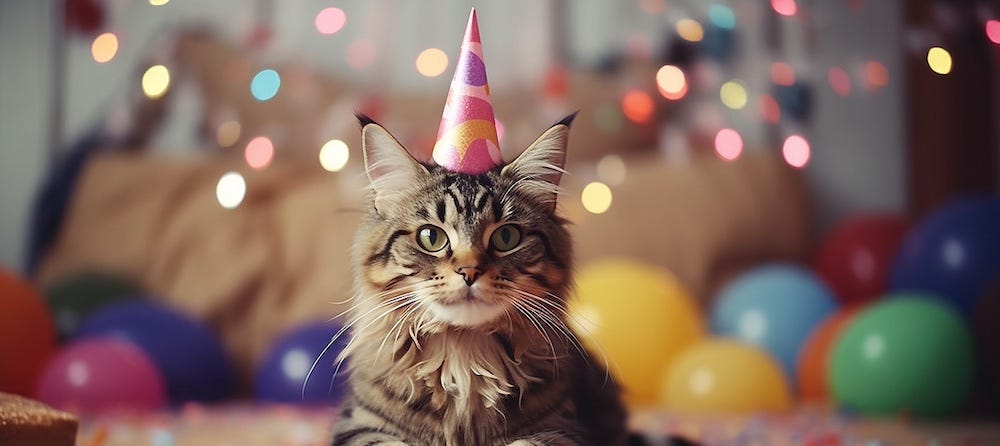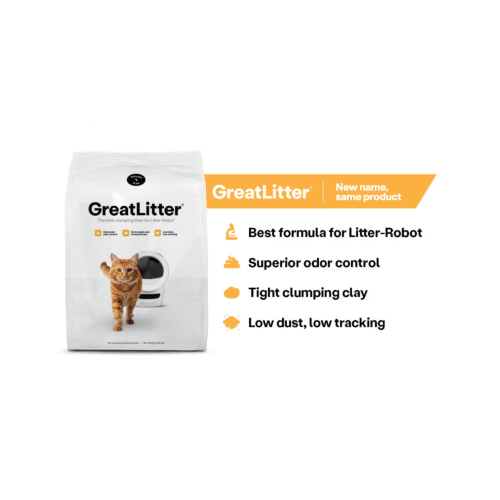Bringing home a new cat is an exciting experience, filled with the anticipation of bonding with your feline friend. Whether you’re adopting a playful kitten or an adult cat, having the right supplies is key to ensuring their comfort and well-being. This guide covers the must-have items that will make your new cat feel at home.
New cat owner checklist
Getting a kitten or a new adult cat can be quite a challenge. We compiled a list of everything you need to think about when welcoming a new cat home and cat essentials to get you started.

Welcoming checklist
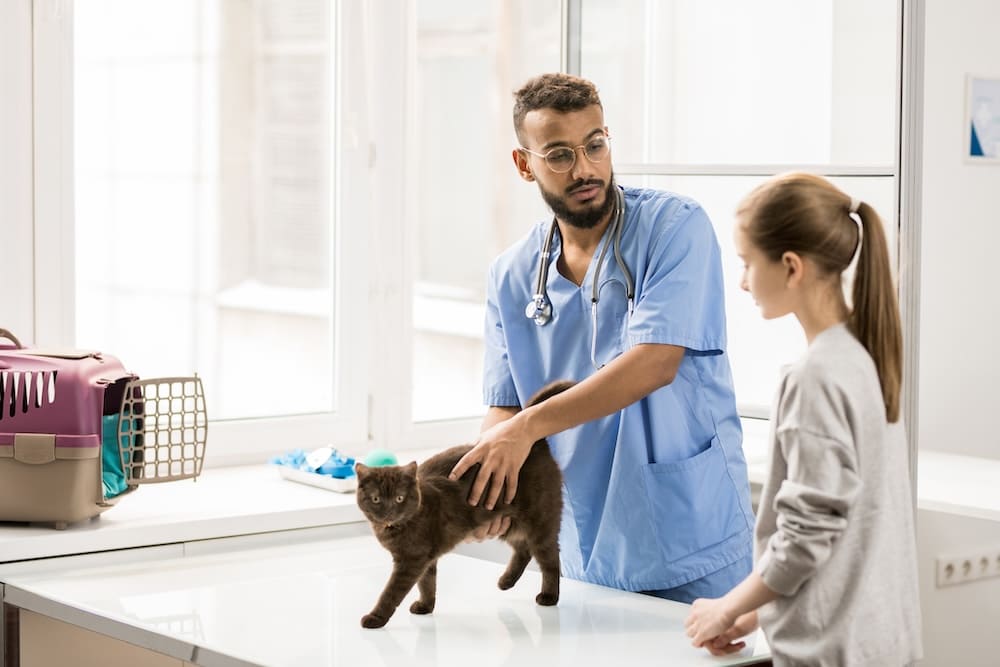
✓ Get a cat carrier
Finding the right cat carrier is essential for bringing your new cat home, vet visits, and any travel you may do together. Look for a carrier that is well-ventilated, easy to clean, and has secure latches. Soft-sided carriers may be more comfortable for short trips, while hard-sided carriers provide better protection for longer journeys or nervous cats. Make sure it’s large enough for your cat to turn around and lie down comfortably.
✓ Microchipping
Microchipping your cat ensures they can be identified if they get lost, as tags can sometimes come off. This small step provides peace of mind.
If your new cat is already microchipped, update the registration information with your contact details.
If they aren’t chipped, schedule this with your vet to increase the chances of recovery if they get lost.
✓ Vaccination & first vet visit
Book an appointment with a veterinarian within the first few weeks to establish a baseline of your cat's health. Discuss vaccinations, deworming, and preventative care like flea and tick treatments.
Get your cat tested for common conditions, especially if they are coming from a shelter or unknown background.
✓ Pet insurance
Consider purchasing pet insurance to help with potential future vet costs.
Look for plans that cover both emergencies and wellness visits to ensure comprehensive care.
Cat essentials checklist
When it comes to things you need for a kitten, start with the essentials: food, water, and litter.
✓ Food and water bowl
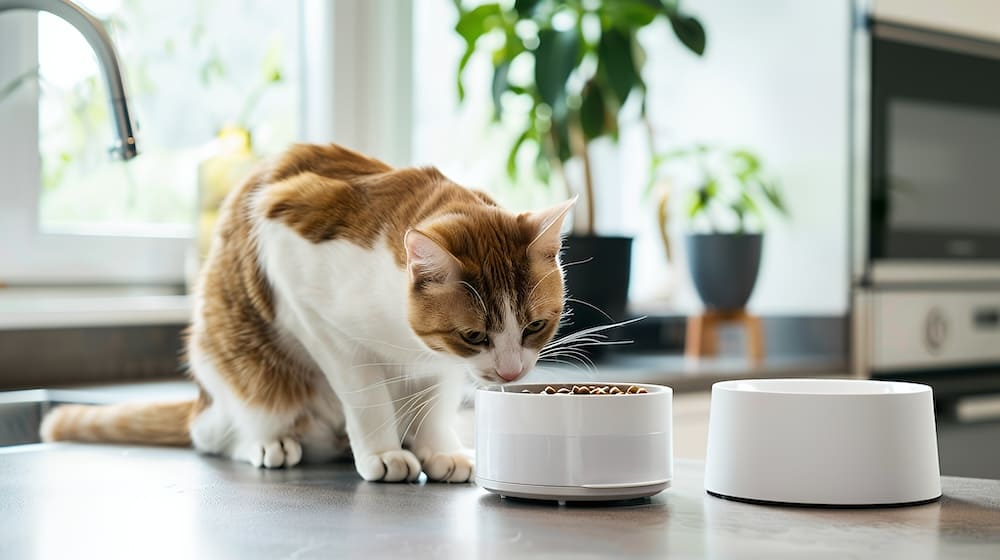
Ceramic, stainless steel, or glass bowls are preferable to plastic, as they don’t hold on to odors or bacteria. For cats, bowl size is generally small to medium to accommodate their portion sizes and comfort while eating or drinking. Here are the typical sizes:
- Water Bowl: A bowl with a diameter of 5 to 7 inches and a depth of 2 to 3 inches works well. A larger water bowl can encourage more drinking, especially if the water stays clean and fresh.
- Food Bowl: A food bowl with a diameter of 4 to 6 inches and a depth of around 1 to 2 inches is usually sufficient. Shallow bowls are preferred to avoid whisker fatigue, where a cat’s whiskers are overstimulated by touching the sides of the bowl.
✓ Cat food

Selecting the right food is crucial for your cat's health. Adult cats have different nutritional needs than kittens, so choose a high-quality food that aligns with your new cat’s age, weight, and activity level. Consider both dry and wet food options, as each offers different benefits: dry food is more convenient, while wet food can help with hydration. Consult your vet if you need guidance on choosing the right formula.
✓ Litter box
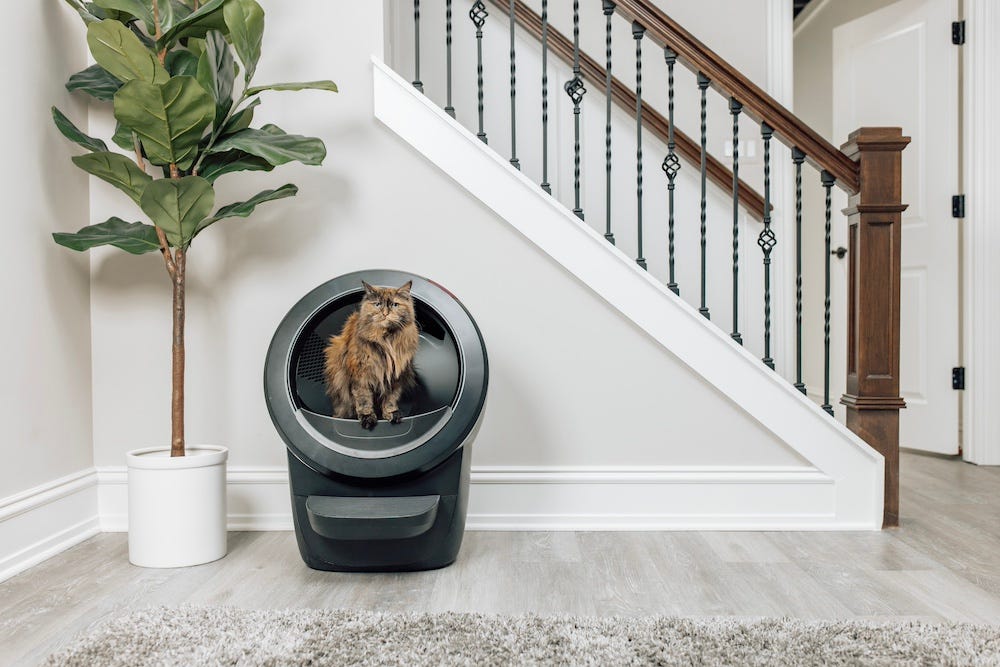
Litter box options range from traditional trays to self-cleaning litter boxes that reduce your maintenance. The type of litter box you choose should match both your home’s space and your cat's size. In general, vets recommend that the litter box is at least 1.5 times the length of your cat and at least 15 inches wide, which means the best kitten litter box is not the ideal large cat litter box.
The one not-so-fun part about having a new cat? Taking care of the litter box. A clean litter box is essential to good health and you’ll soon realize that scooping daily is quite the chore. However, there is a way to skip scooping altogether: Purchase an automatic, self-cleaning litter box! Litter-Robot 4 automatically separates the cat's waste from the clean litter, depositing the clumps into sealed drawer below for greatly reduced litter box odor.
✓ Cat litter
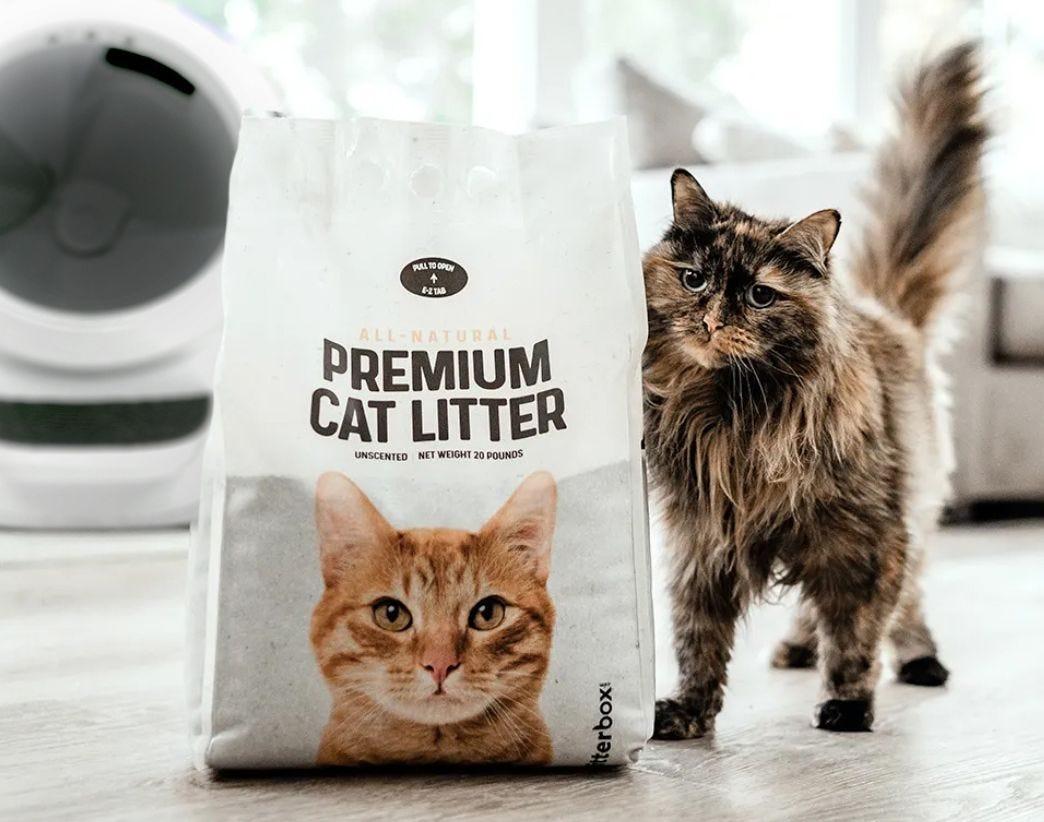
According to a study done by vets, most cats prefer clay-clumping litter over silica or pellet litter. Consider a fast-clumping cat litter formula such as GreatLitter to reduce litter tracking. Plus, GreatLitter is low-dust and locks in odors. It’s also soft on your cat’s paws, and much easier to scoop if you’re going with a traditional litter box.
✓ Cat beds
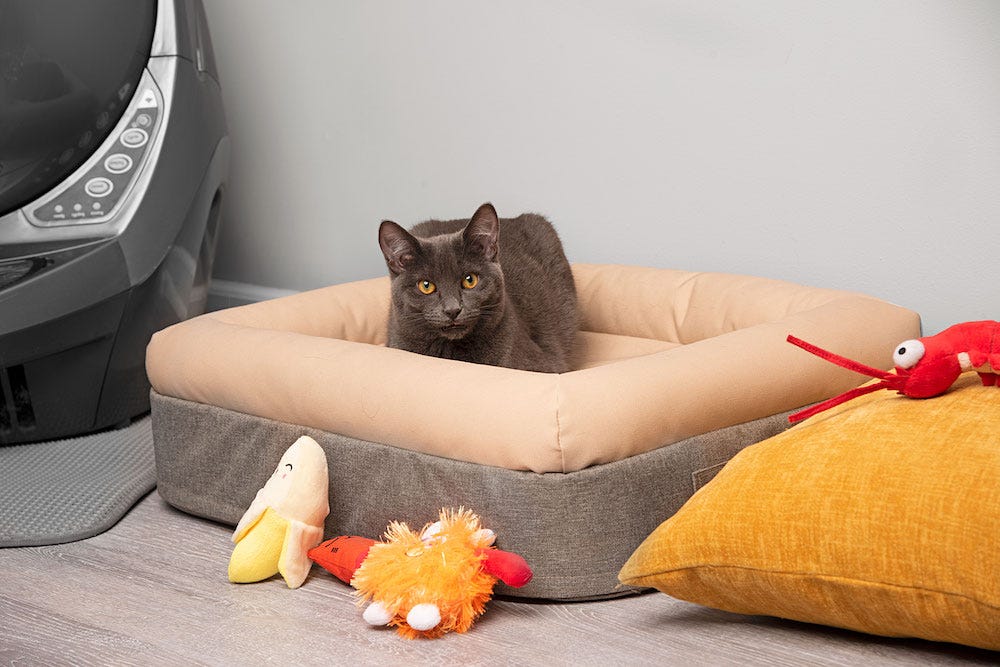
Give your new kitten as many spots to catnap as kittenly possible. In that respect, memory foam cat beds are ideal to ensure optimal pet comfort.
✓ Litter mat

Kittens are messy little creatures—in and out of the litter box. The best way to stop litter from being tracked all over your house is with a litter mat situated directly under your litter box or right in front of it.
✓ Cat toys

There’s no end to the kinds of available kitten toys. Here are just a few of our recommendations and why: laser pointer for exercise; plush toys for playing and cuddling; krinkle toys to stimulate all of your kitten’s senses; sisal toys to hold up best against those sharp kitten teeth and claws; and catnip toys to promote feel-good energy.
✓ Water fountain
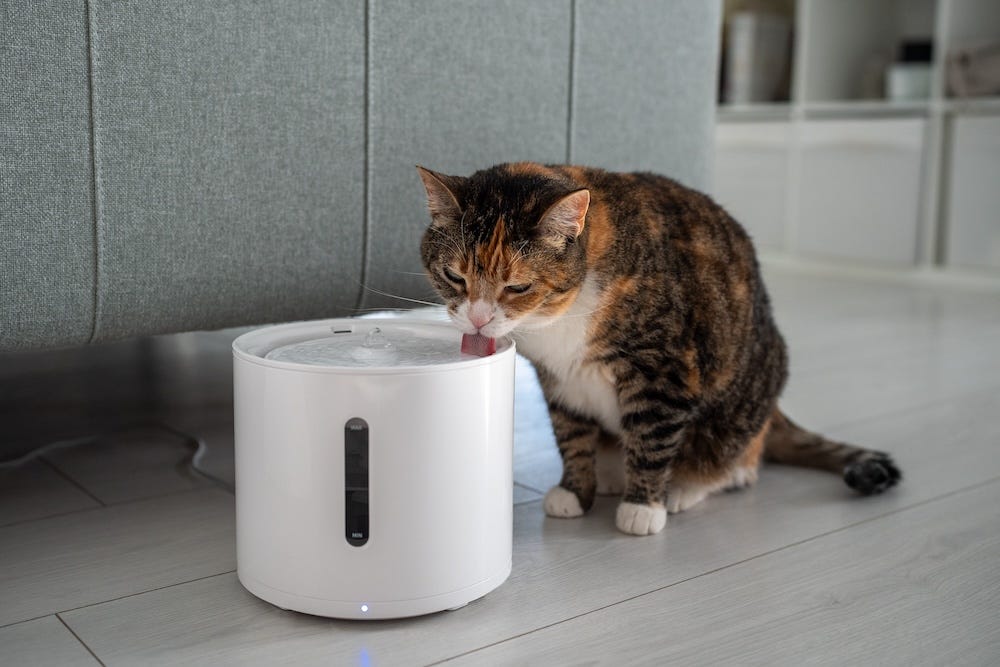
Consider a water fountain for a fresh and continuous flow, encouraging your cat to drink more. This is especially important for adult cats to prevent urinary issues.
✓ Automatic cat feeder
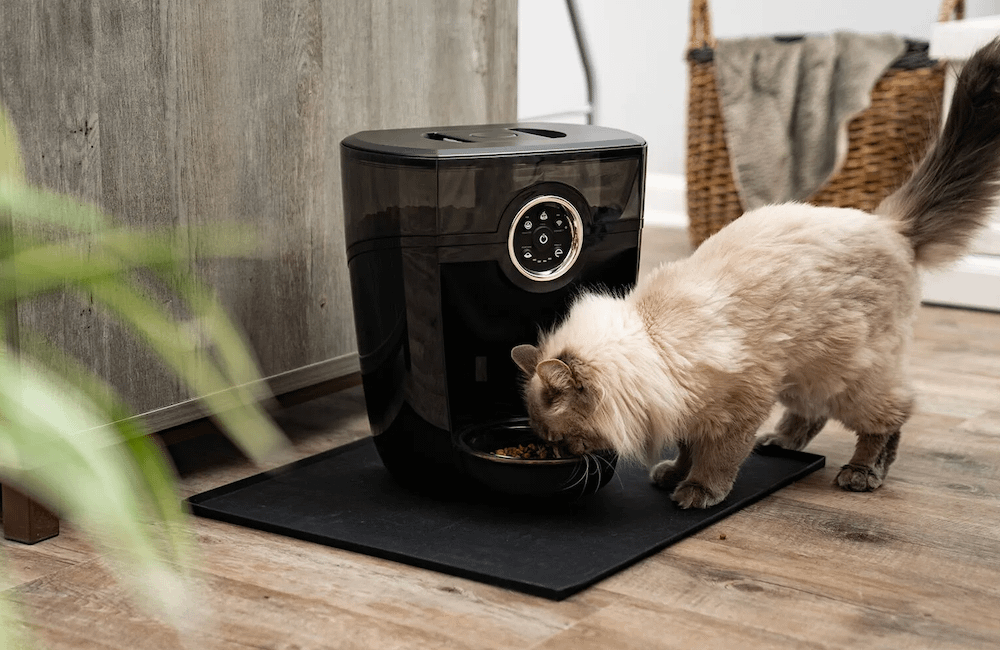
If you're often away for extended periods of time or simply want to make your life easier with automated pet care products, go with an automatic cat feeder like Feeder-Robot. You'll never miss a feeding, and you can control and monitor your kitten's feeding habits right from your phone.
✓ Scratching post
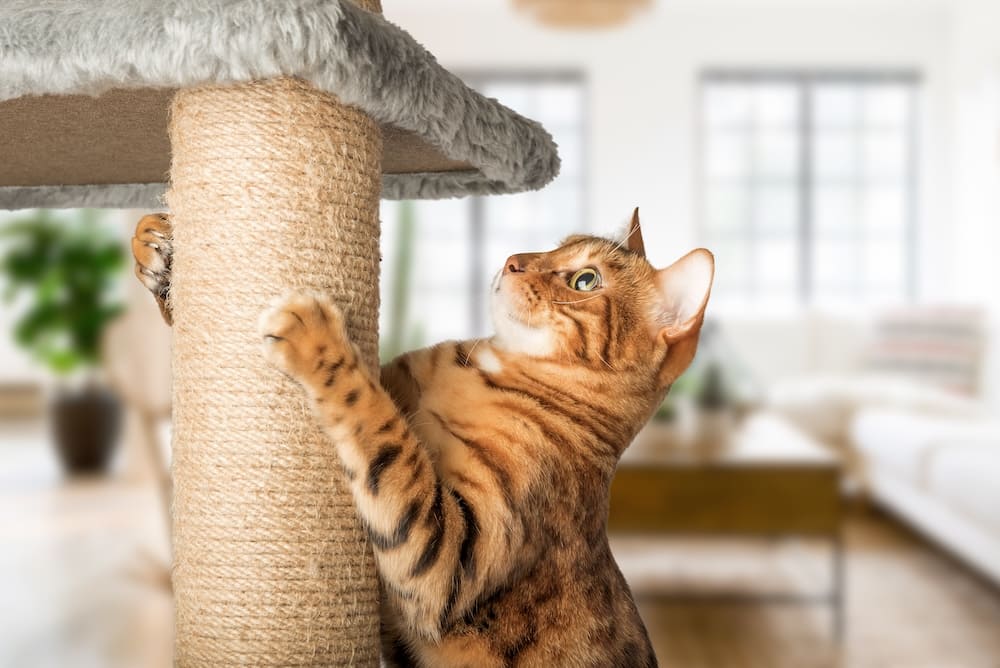
Scratching is a natural behavior for cats, helping them keep their claws healthy and mark their territory. A sturdy scratching post or cat tree provides a dedicated space for scratching, climbing, and lounging. Cat trees can also offer perches, which give your cat a sense of security and a place to observe their new surroundings.
✓ Cat collar and ID tags
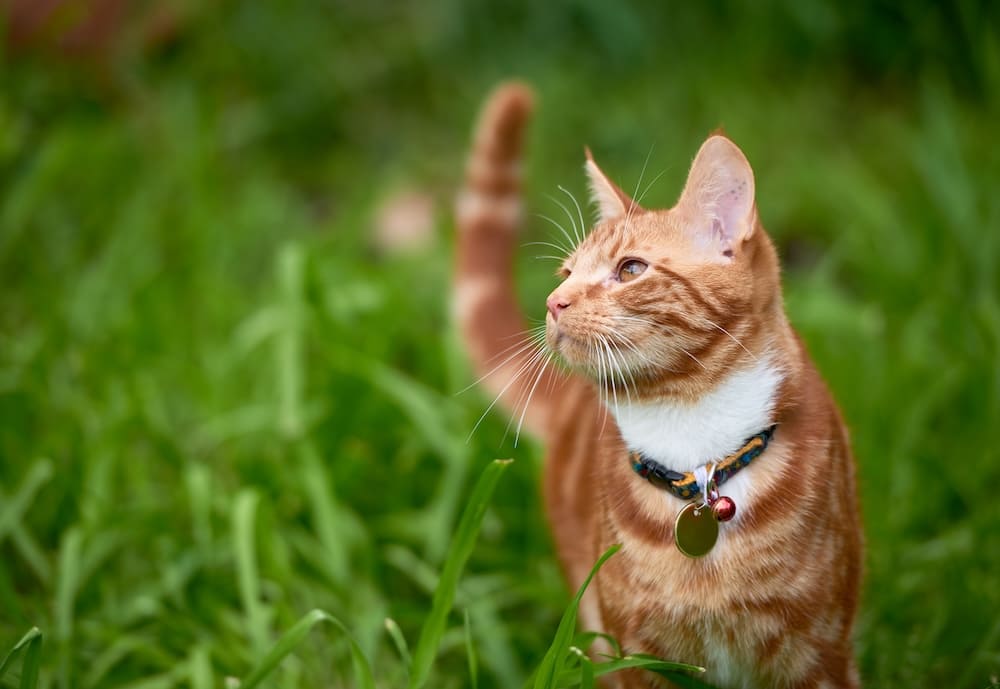
Keeping your new cat safe is a top priority. If your cat will have outdoor access or might slip out, an ID tag with your contact information is essential. If you plan on using a collar, ensure it is small and adjustable, with a breakaway feature for safety, as cats can get caught while exploring.
✓ Pet cleaner sprays & wipes
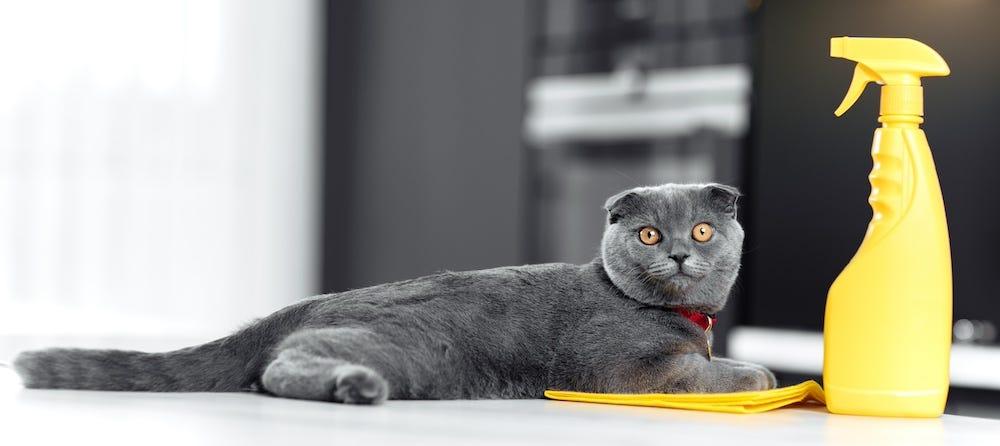
It’s all fun and games until someone makes a big mess. Among the cat essentials you’ll want to have on hand is a dependable enzyme cleaner, formulated specifically for pet messes. We recommend all-natural pet cleaners that are safe for your curious kitten to be around.
✓ Nail clippers
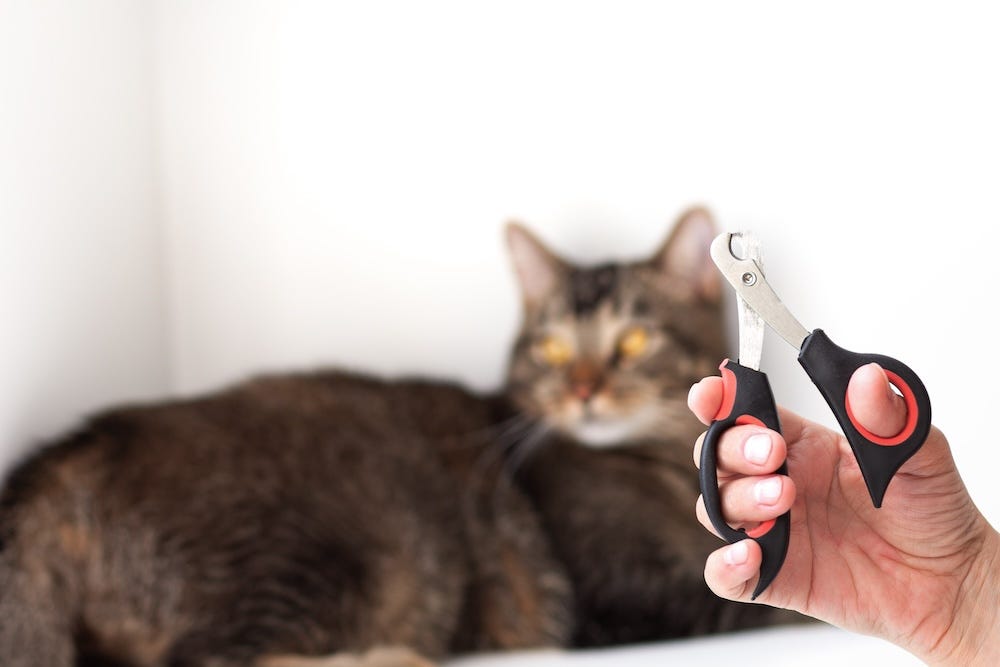
Luckily, cats are very good about grooming themselves—even from kittenhood. Sometimes they can use a little help from cat mom or cat dad, which is where grooming tools come into play. Make sure to have nail clippers with rounded edges on hand to trim those needle-sharp kitten claws. (Don’t use human nail clippers.)
✓ Brush
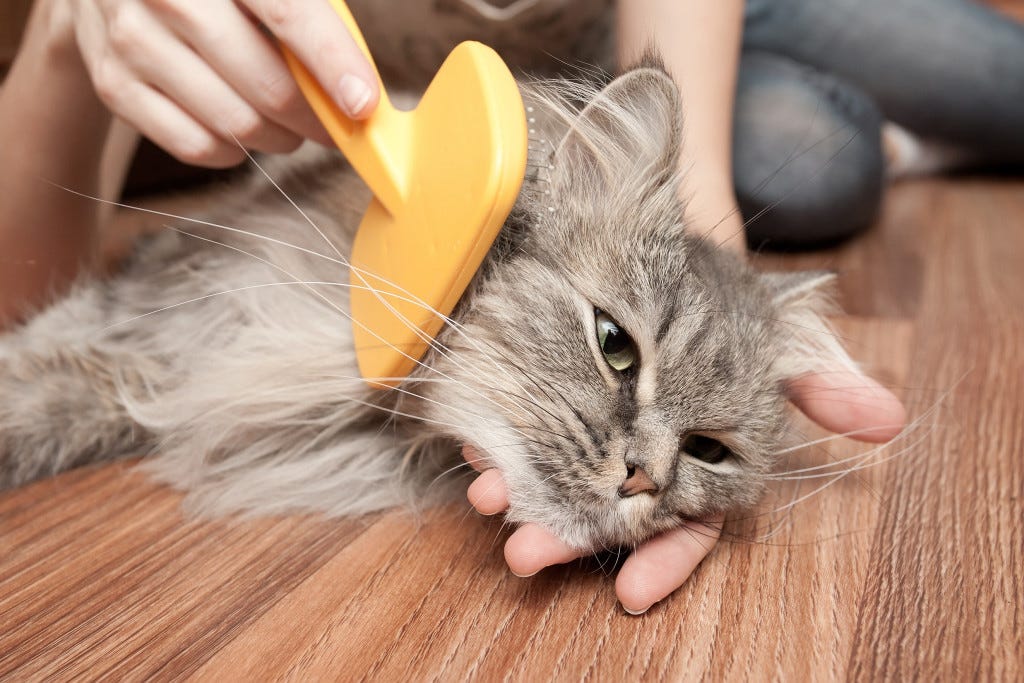
Whether your cat is short-haired or long-haired, it’s a good idea to establish a brushing routine early in his or her life. Regular brushing helps reduce shedding and prevents hairballs. For long-haired cats, grooming is especially crucial to prevent matting.
A double-sided grooming brush works great on cats with varying hair lengths, while a slicker brush is ideal for fur that can easily become tangled or matted.
Home cat-proofing checklist
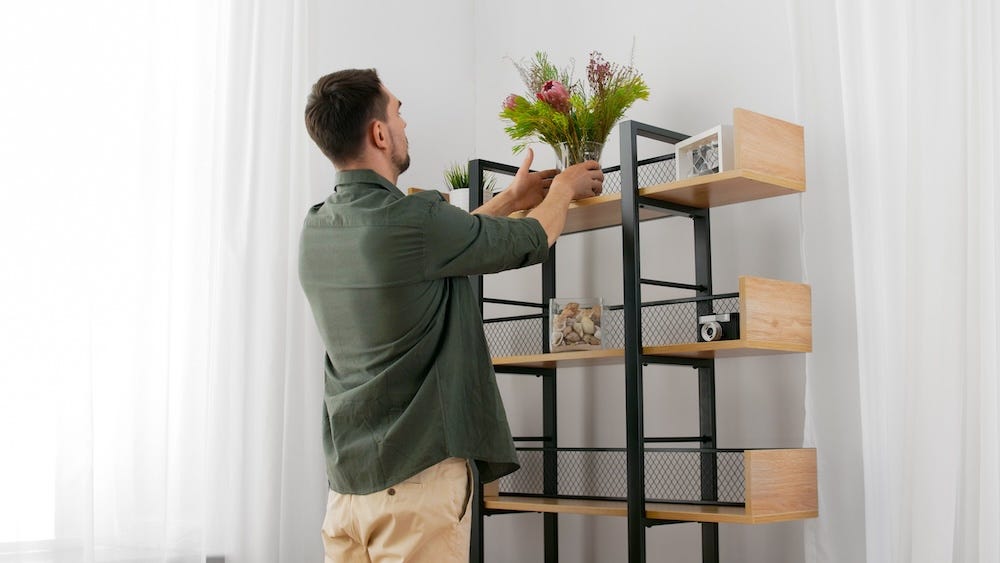
✓ Set up a safe space for your new cat
Moving into a new space can lead to a lot of stress and anxiety in your cat. Create a quiet, comfortable space for your cat to retreat to as they adjust to their new environment. Place the litter box, bed, and some toys in this space to help them feel secure. Gradually introduce them to the rest of your home once they seem comfortable.
✓ Cat-safe plants
If you have any plants in your home, ensure they are cat-friendly plants. While cats are naturally carnivores, they seem to enjoy munching on greenery, including both indoor and outdoor plants, so make sure to remove plants that are toxic to cats from your property.
✓ Lock windows and screens
Welcoming cats into a new home can be a stressful experience, and it may take some time for them to adjust and feel comfortable there. Ensure you plan ahead and block any escape routes.
Windows should be securely closed or have sturdy screens that cannot be pushed out by a curious cat. For windows you plan to open, use pet-safe window screens or limit the opening to a small gap to prevent escape.
✓ Hide electrical cords and cables
Bundle and hide cords behind furniture or use cord protectors to prevent chewing. Consider using cable management sleeves or tubes to keep them neatly tucked away.
✓ Remove objects at fall risk
Cats love to climb and explore. If you have any shelves or furniture with items that could fall as a result of a cat's exploration path, make sure they are either placed farther back and closer to the center of the shelves or tucked away entirely.
✓ Establish a feeding routine
Cats are creatures of habit, and setting up a reliable feeding routine early on is essential to reducing the stress caused by moving to an entirely new environment.
Create a consistent feeding schedule to help your cat adjust to their new home. Monitor how they react to the new food, making sure they are eating well and not experiencing digestive issues.
New kitten checklist
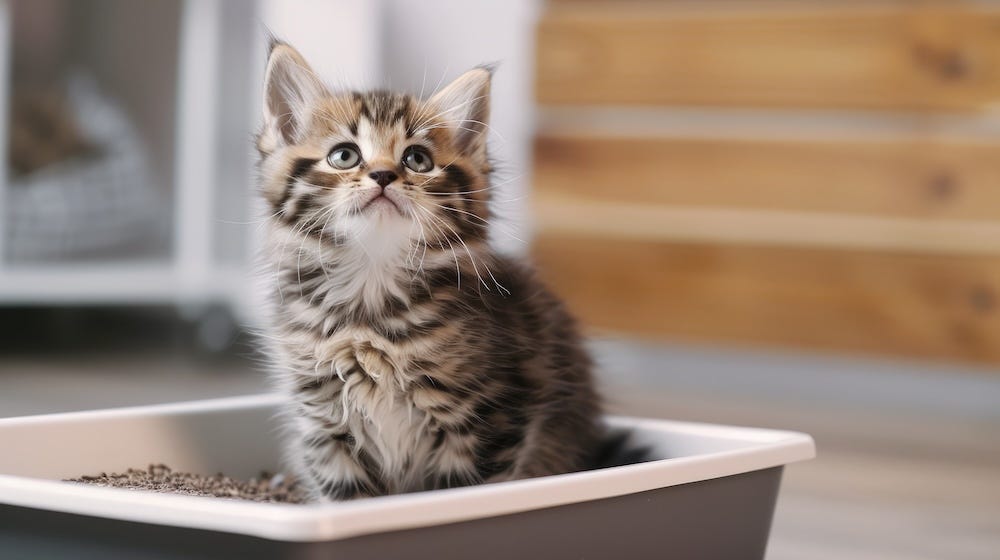
When adopting a kitten, you’ll need some specific items to accommodate their size, energy levels, and developmental needs. Among the items listed above, here are a few that will slightly vary if you're adopting a kitten rather than an adult cat:
- Litter box. Choose a small litter box with a low entry for ease of access. It will also likely make litter box training easier if the litter box is appropriately sized for a kitten. As they grow, you can transition to a larger box.
- Cat litter. For very young kittens, vets recommend using a non-clumping litter, as it is safer for them in case of accidental ingestion. As your kitten grows older, though, you’ll want to switch to a clay-clumping litter that most cats prefer.
- Cat food. Buy dry and wet food that is specifically formulated for kittens, as these little guys need a lot more calories than adult cats.
- Shallow food & water bowls: Smaller, shallow dishes make it easier for kittens to eat and drink without straining or spilling.
